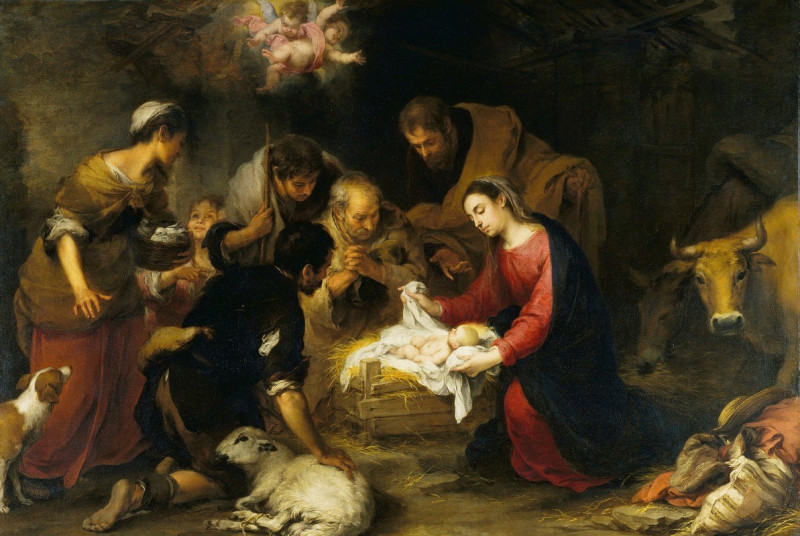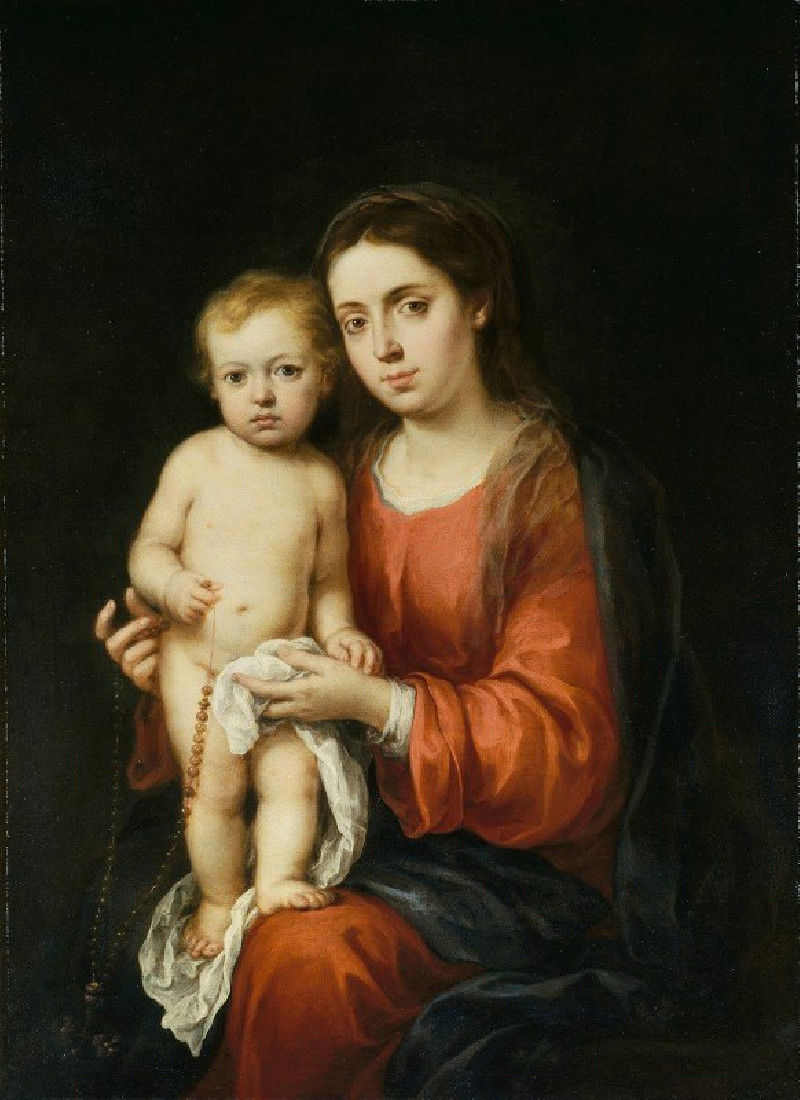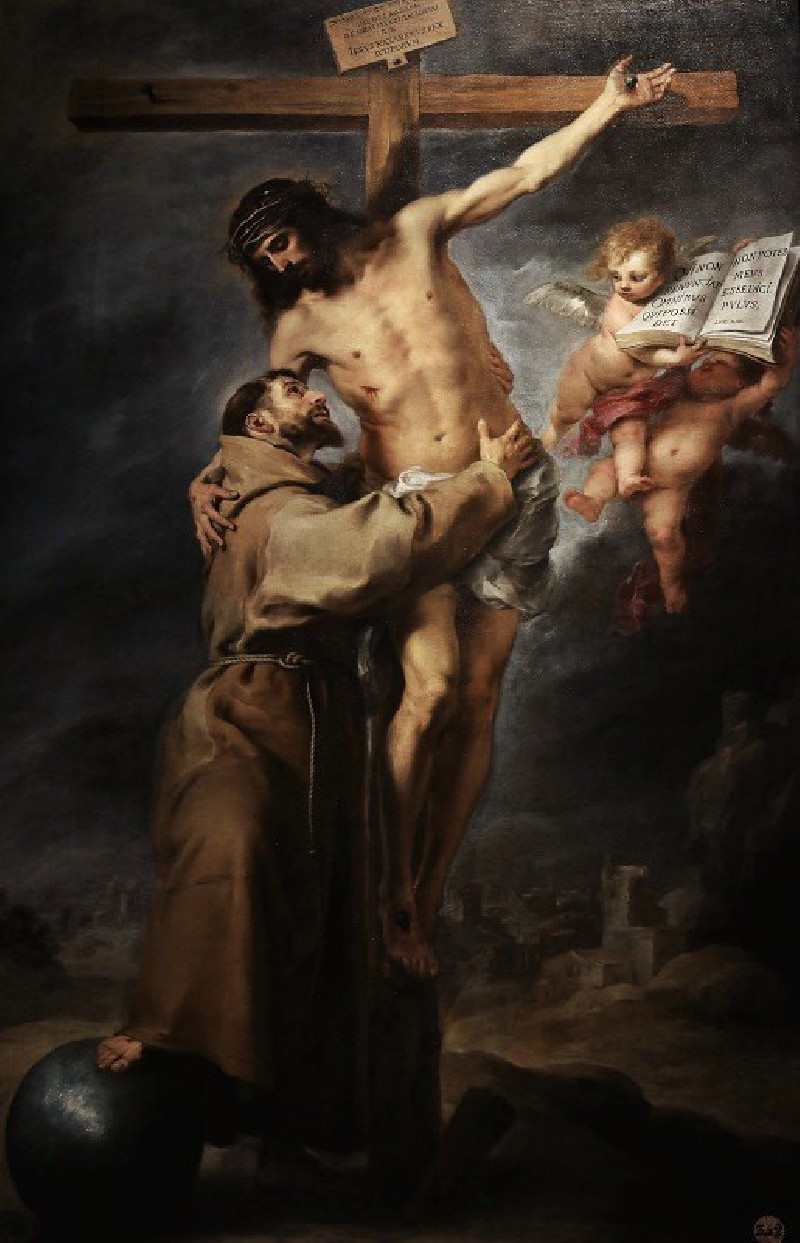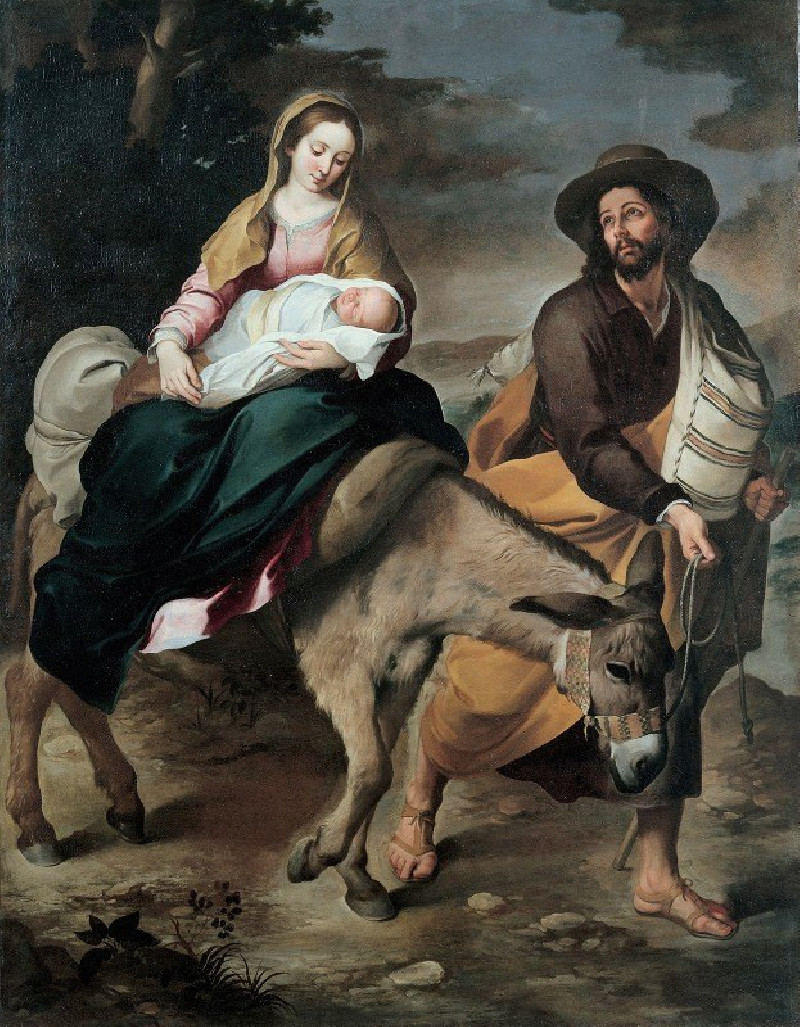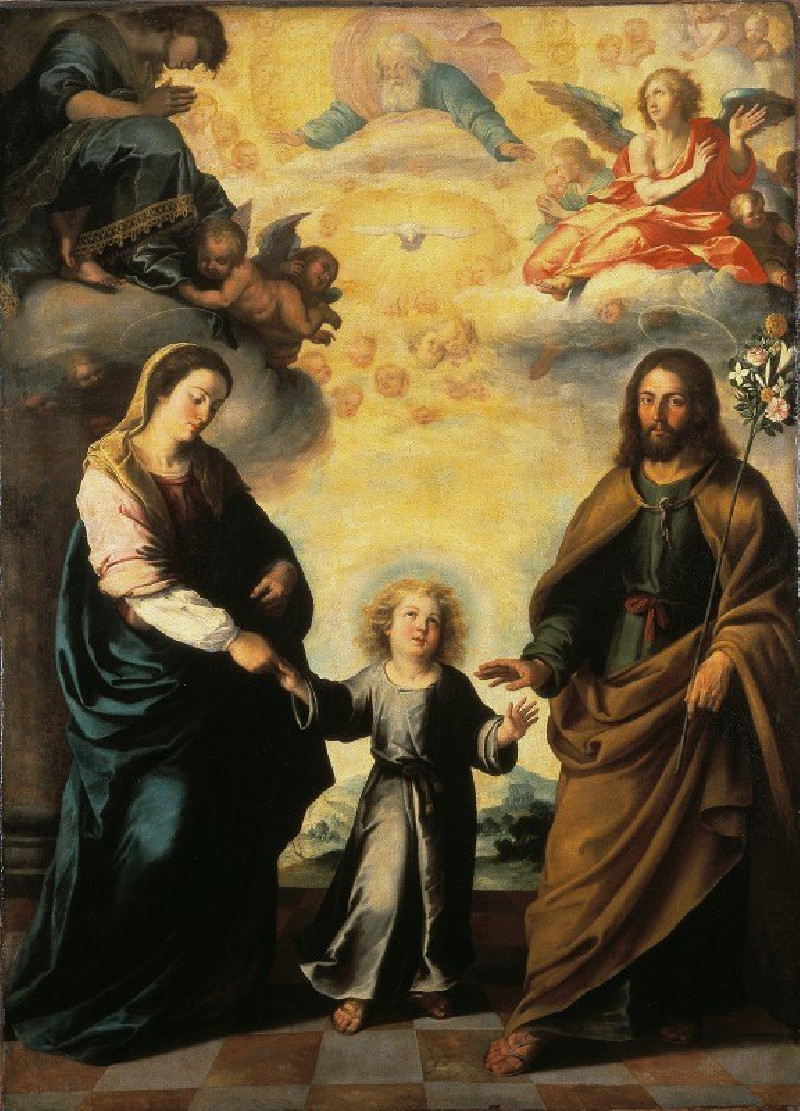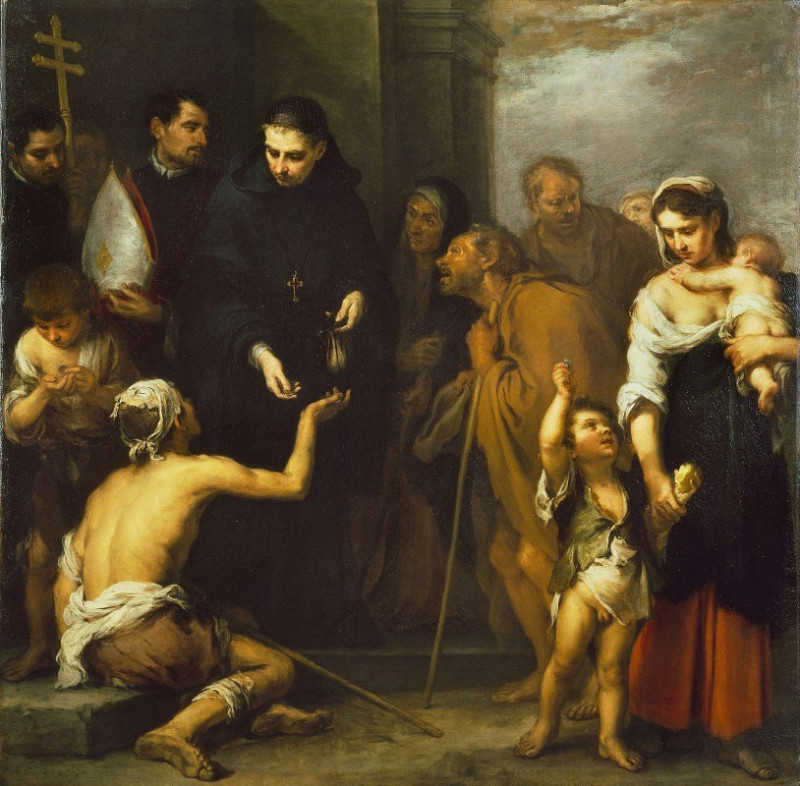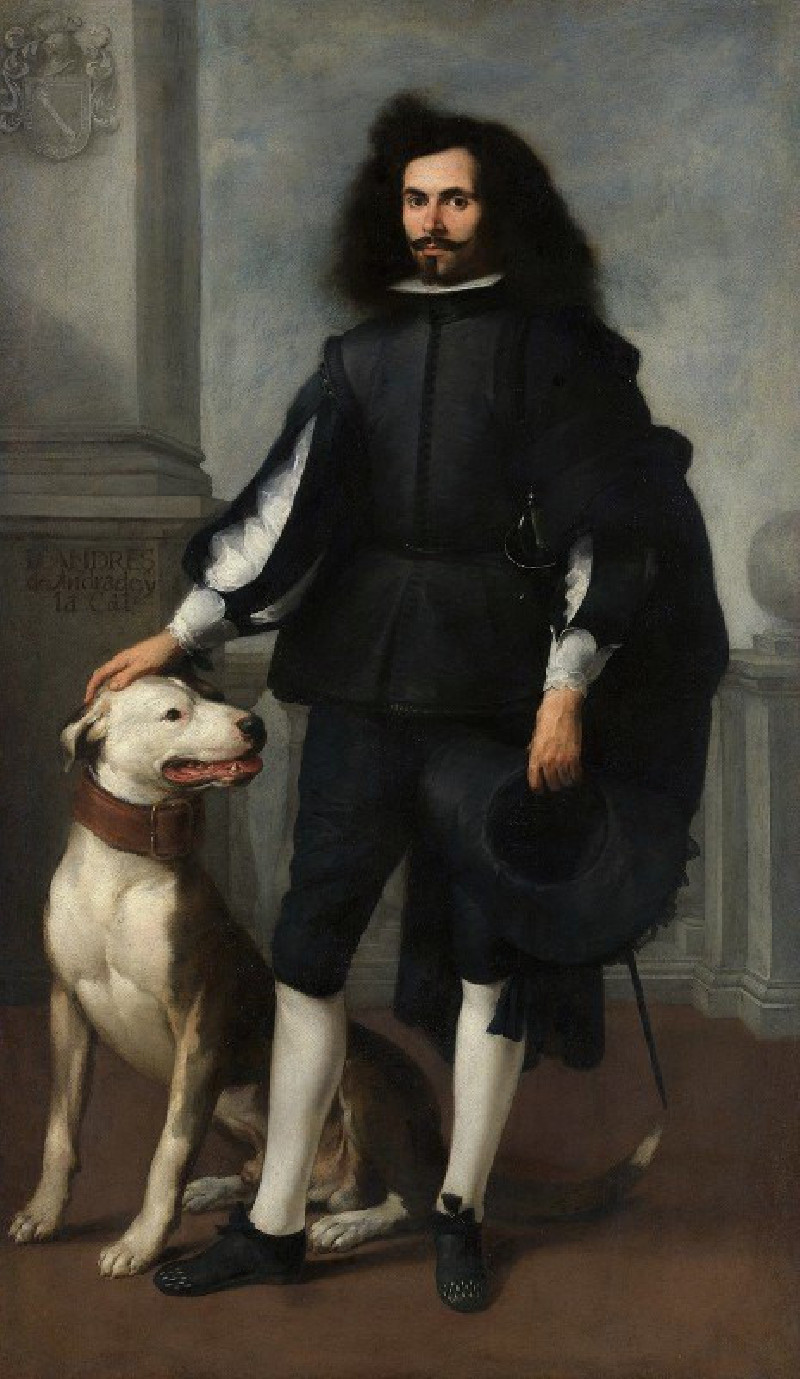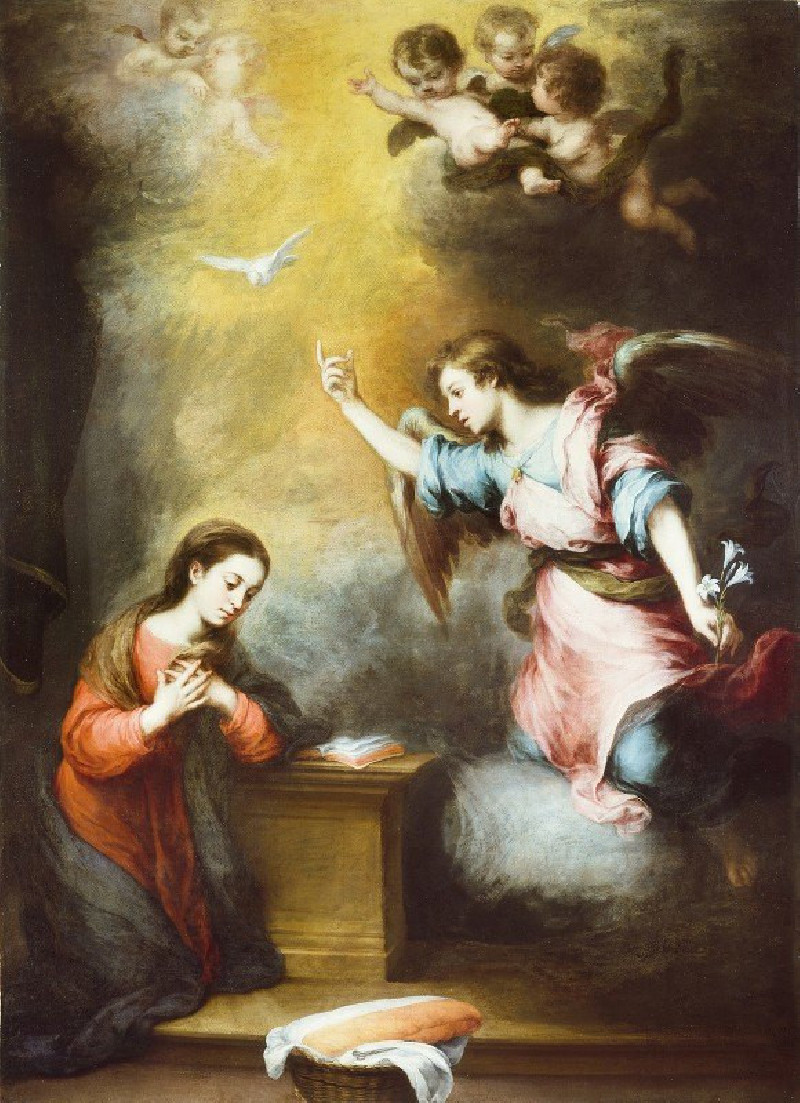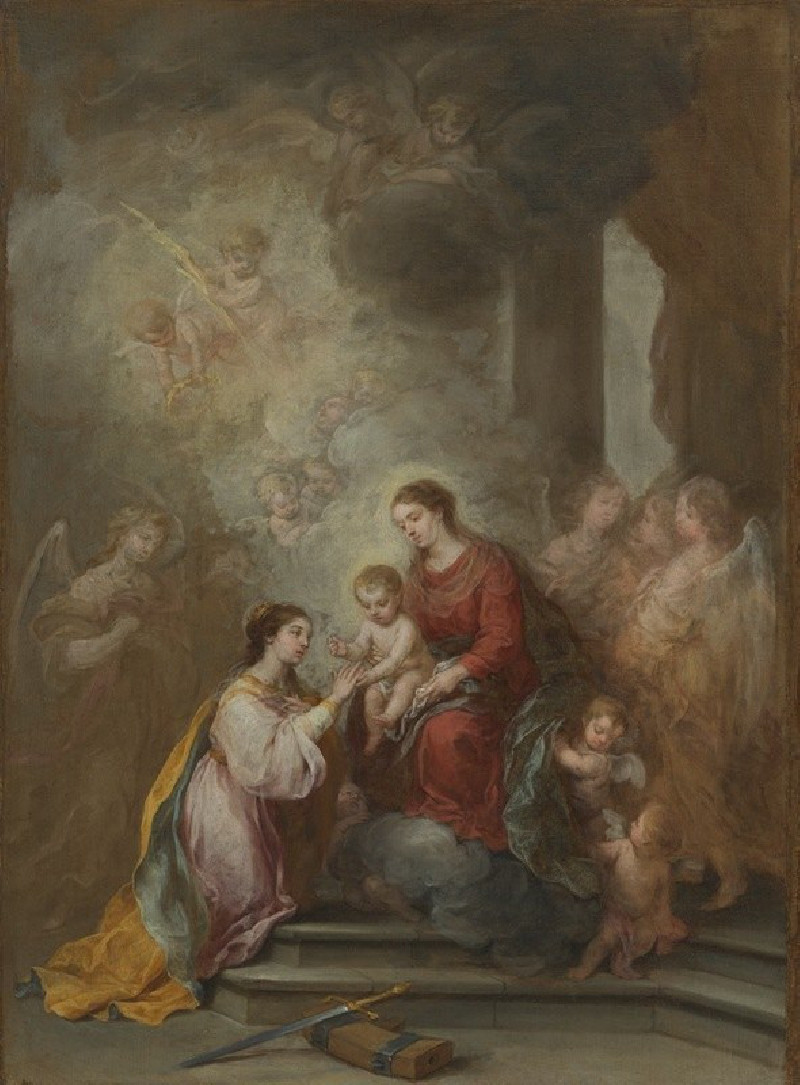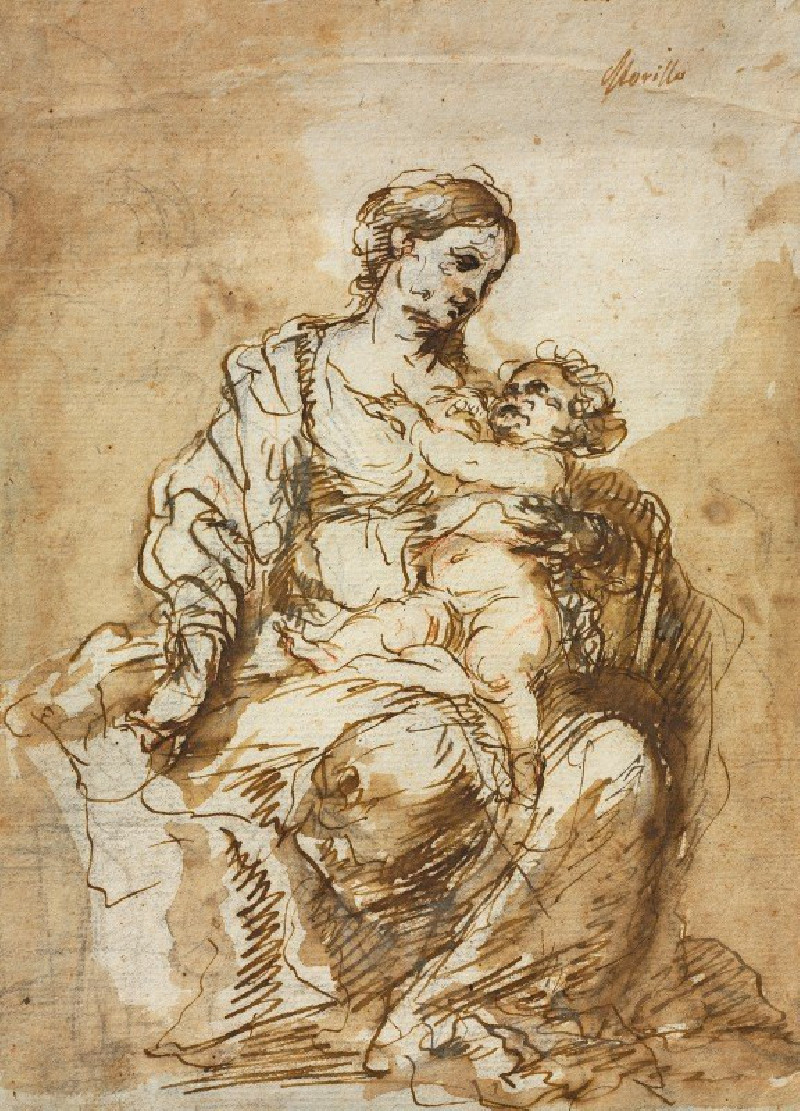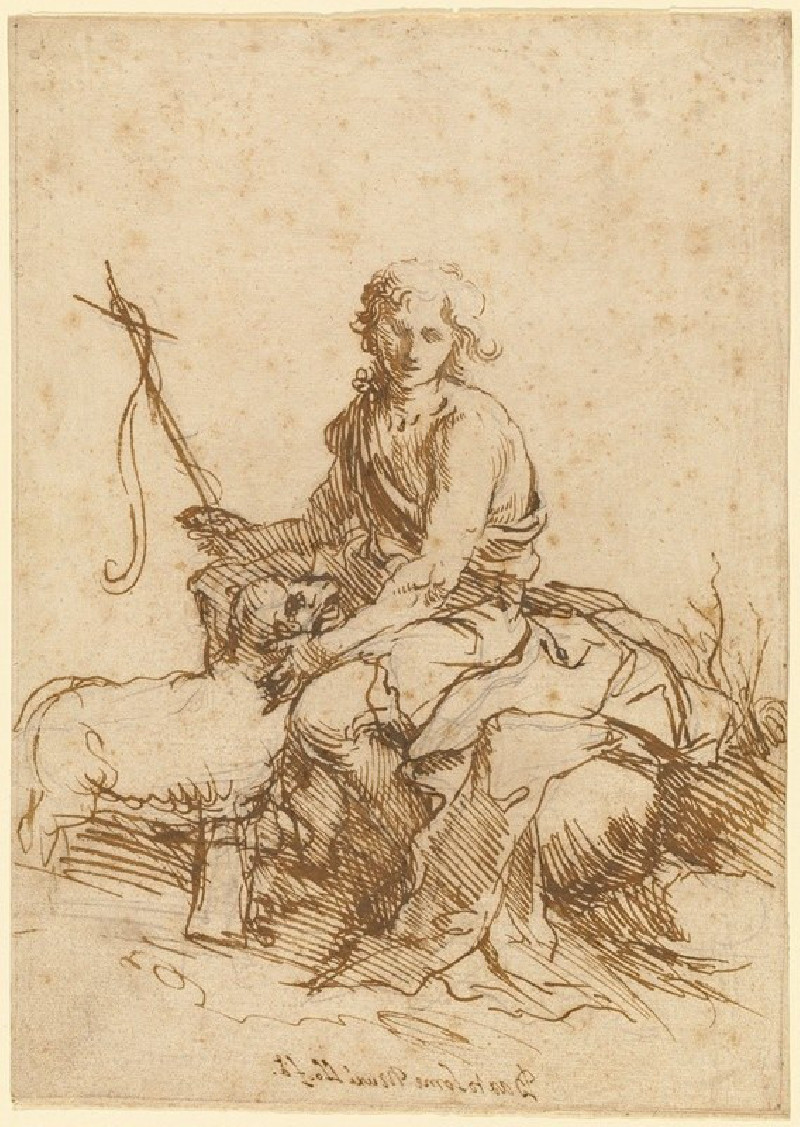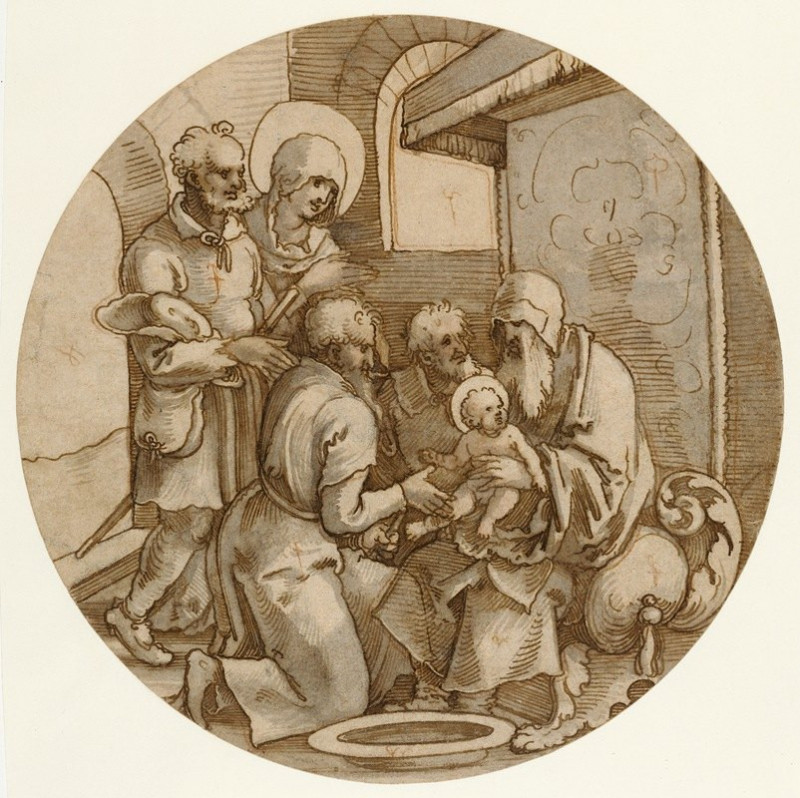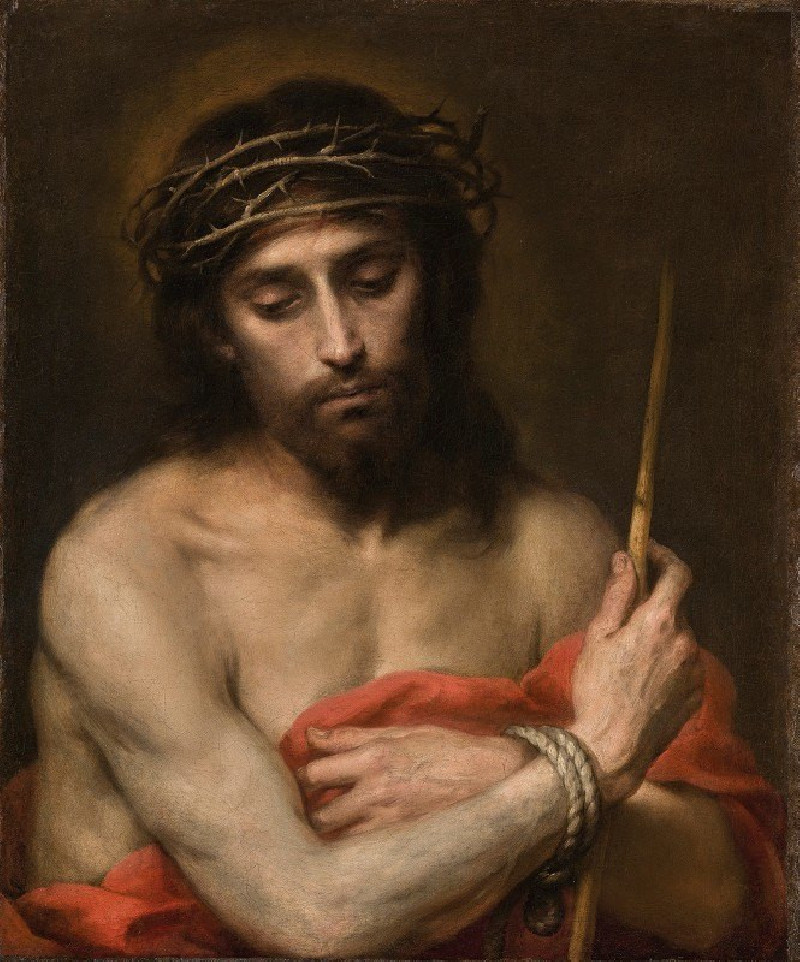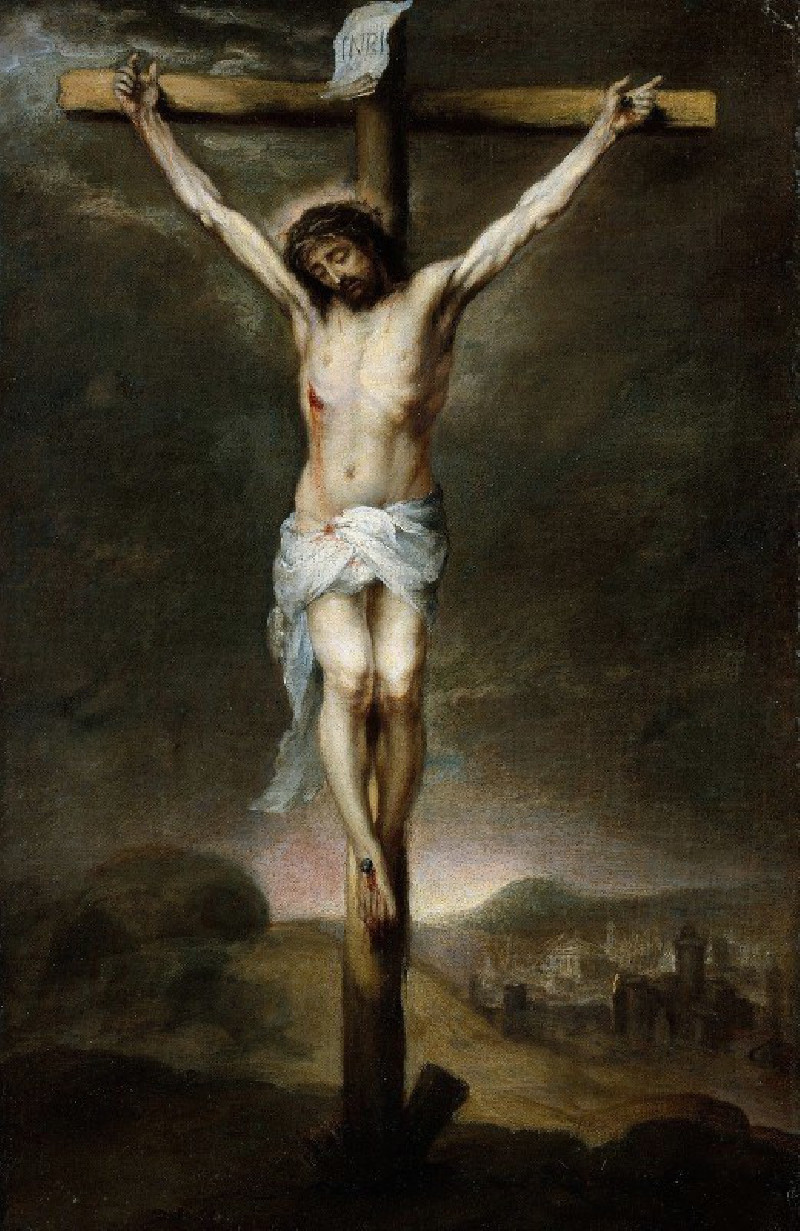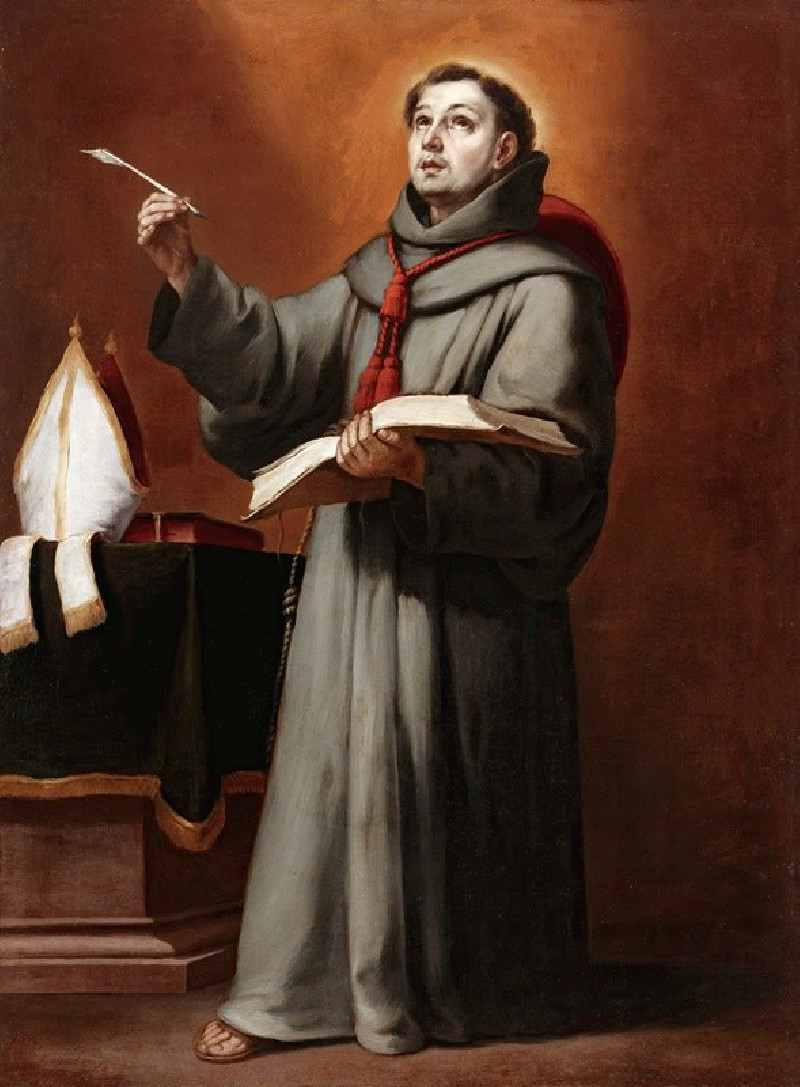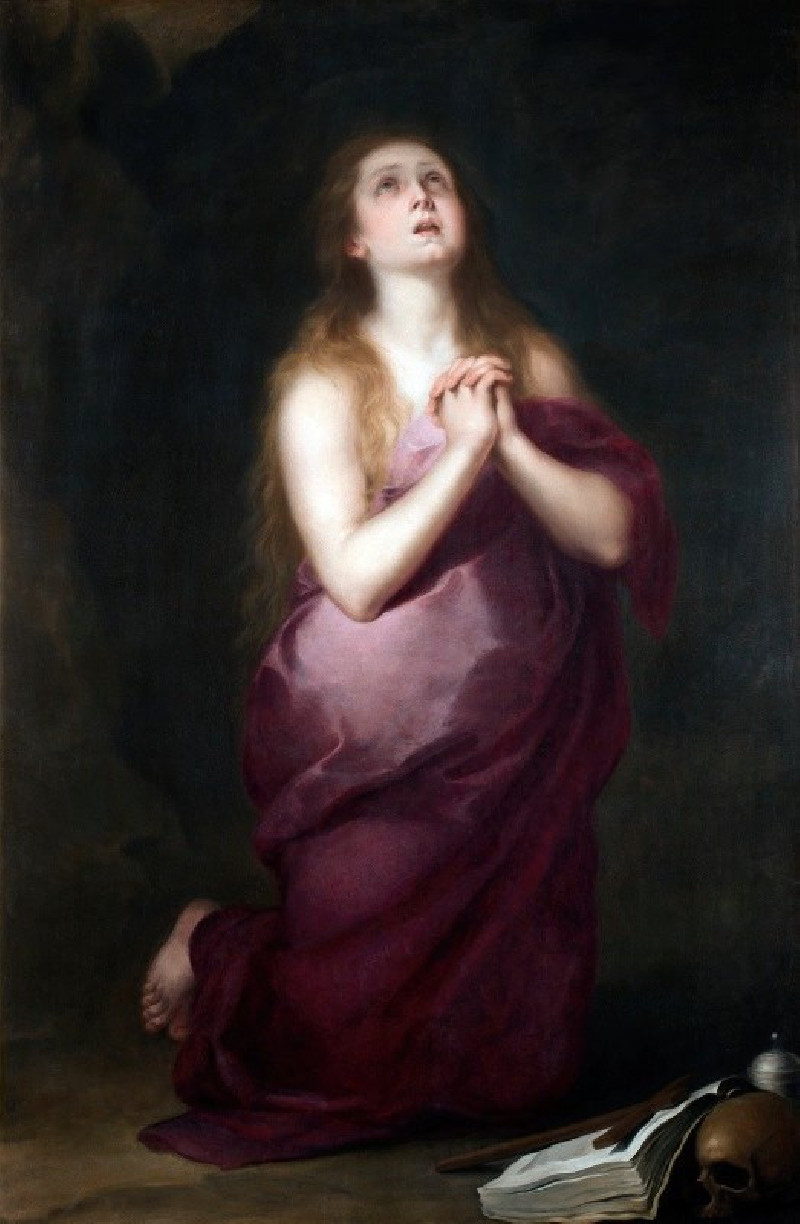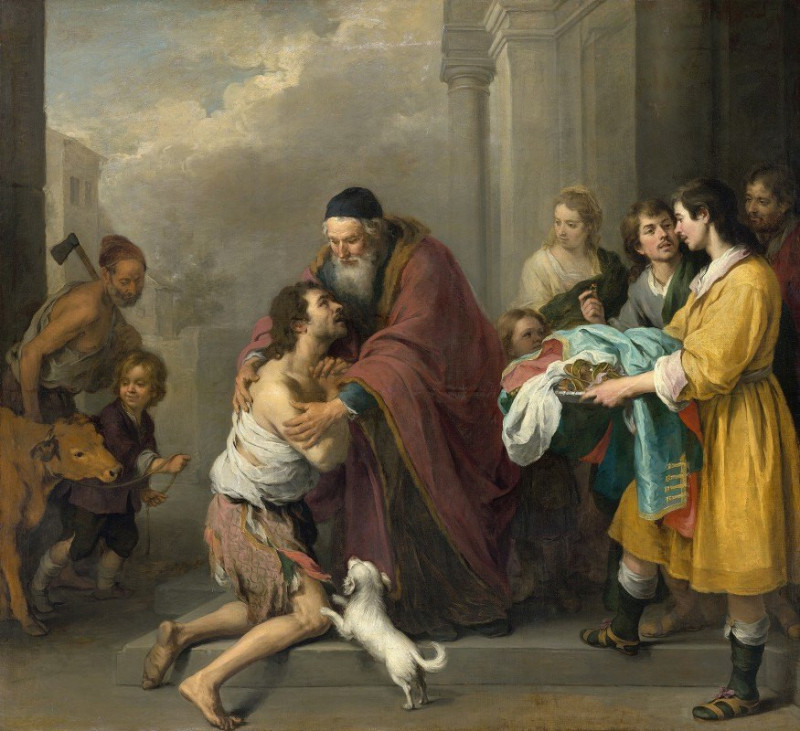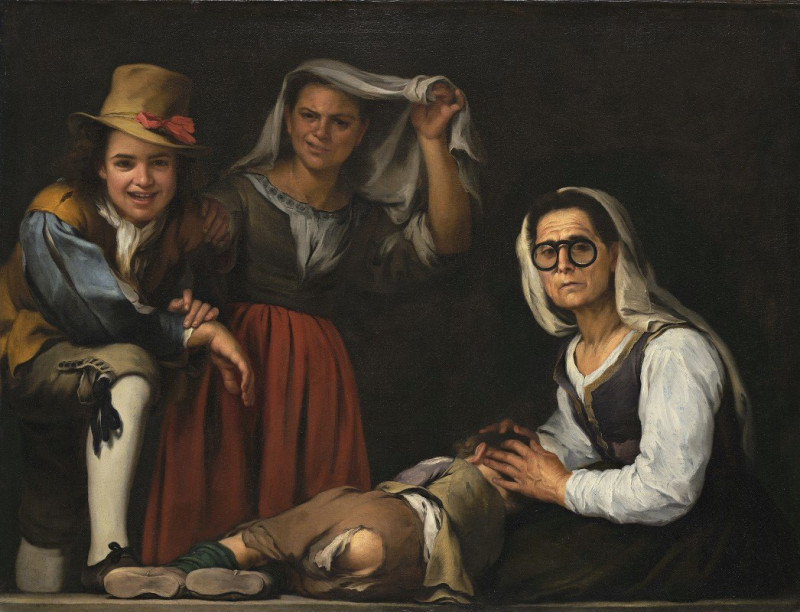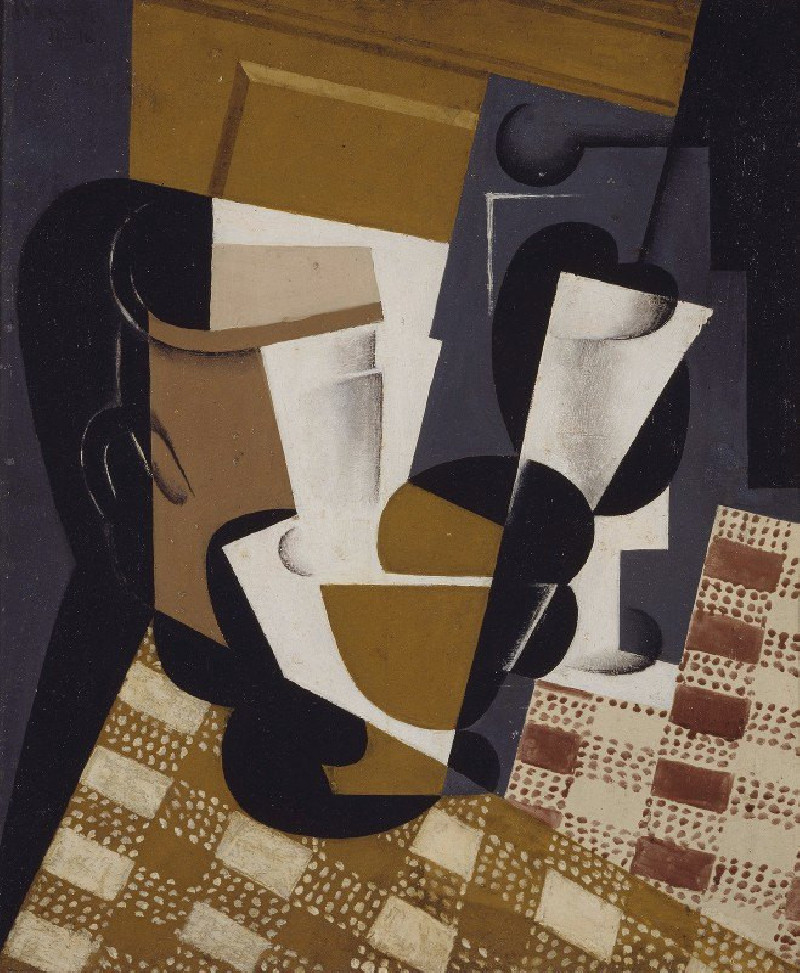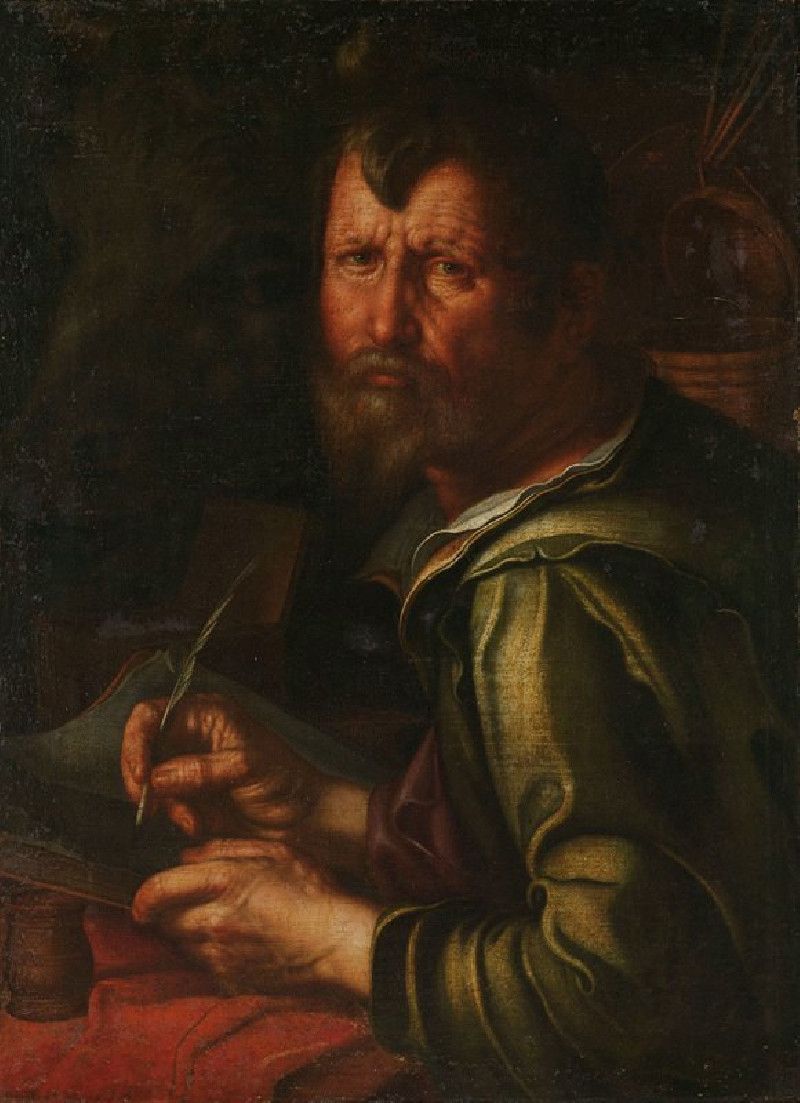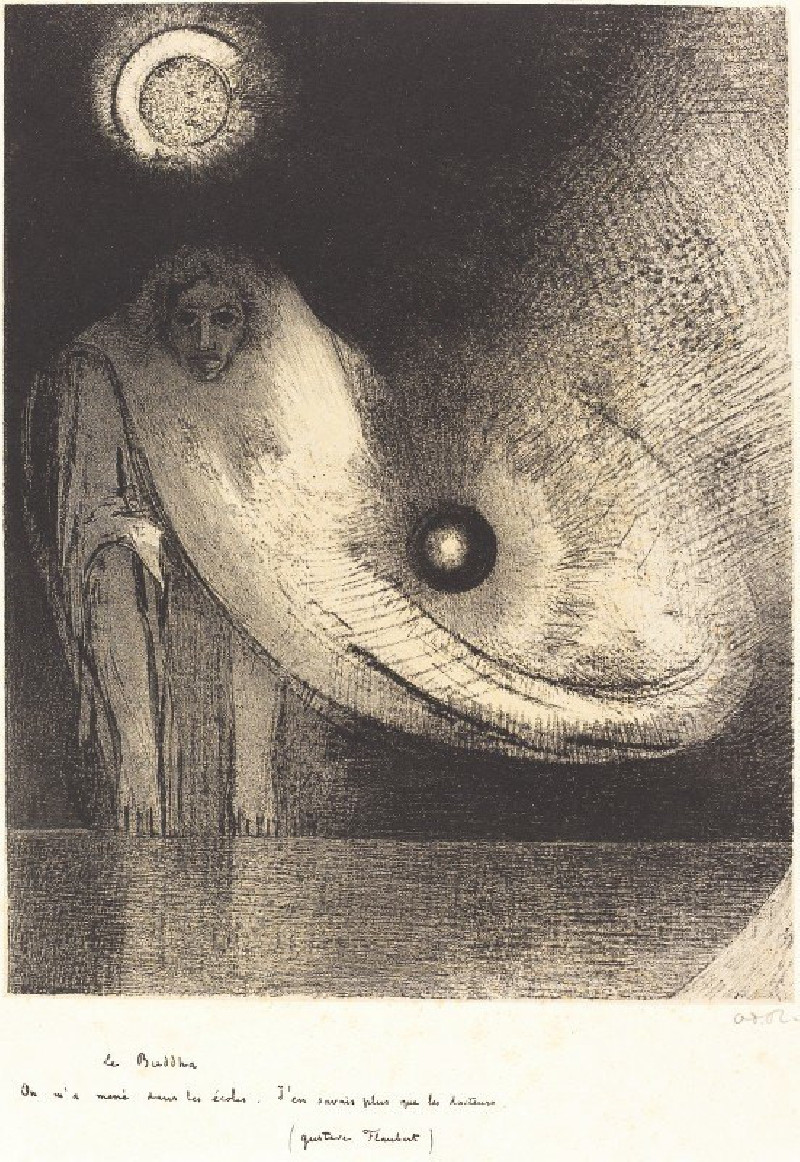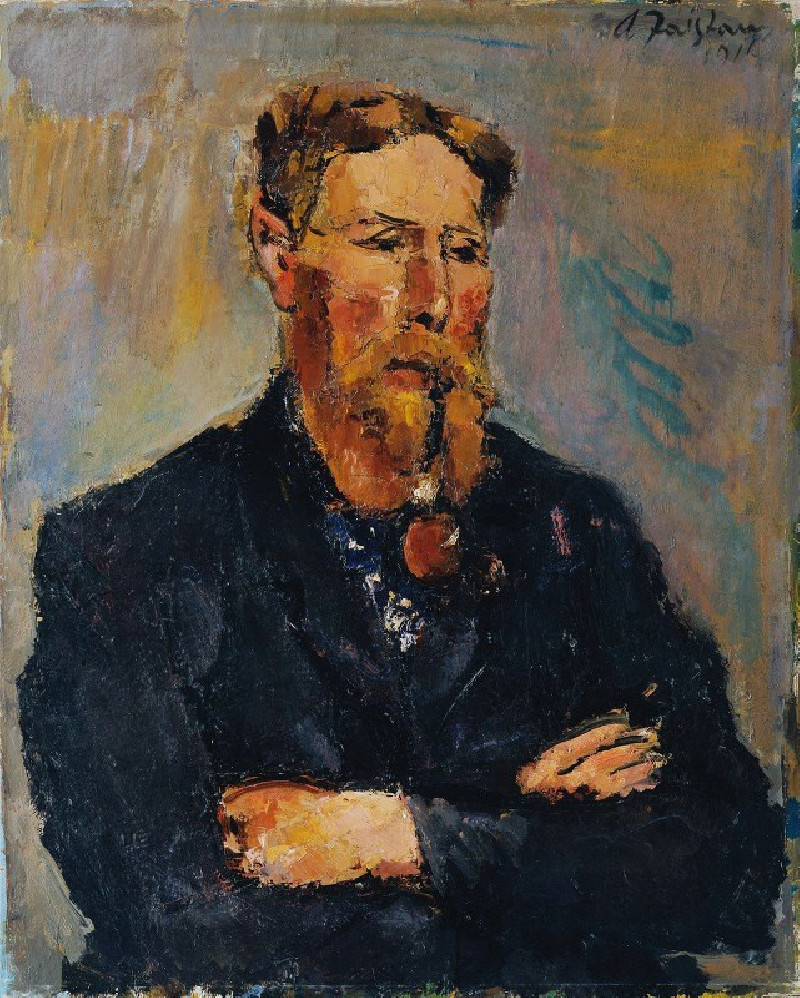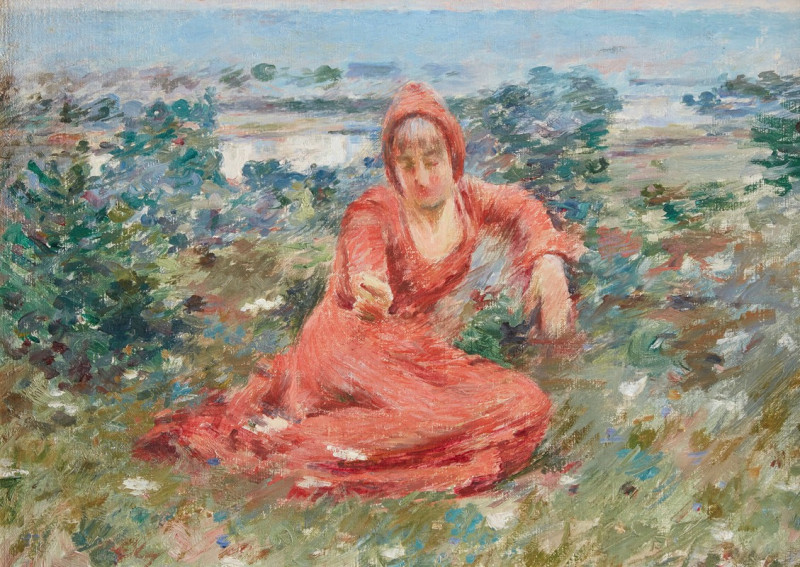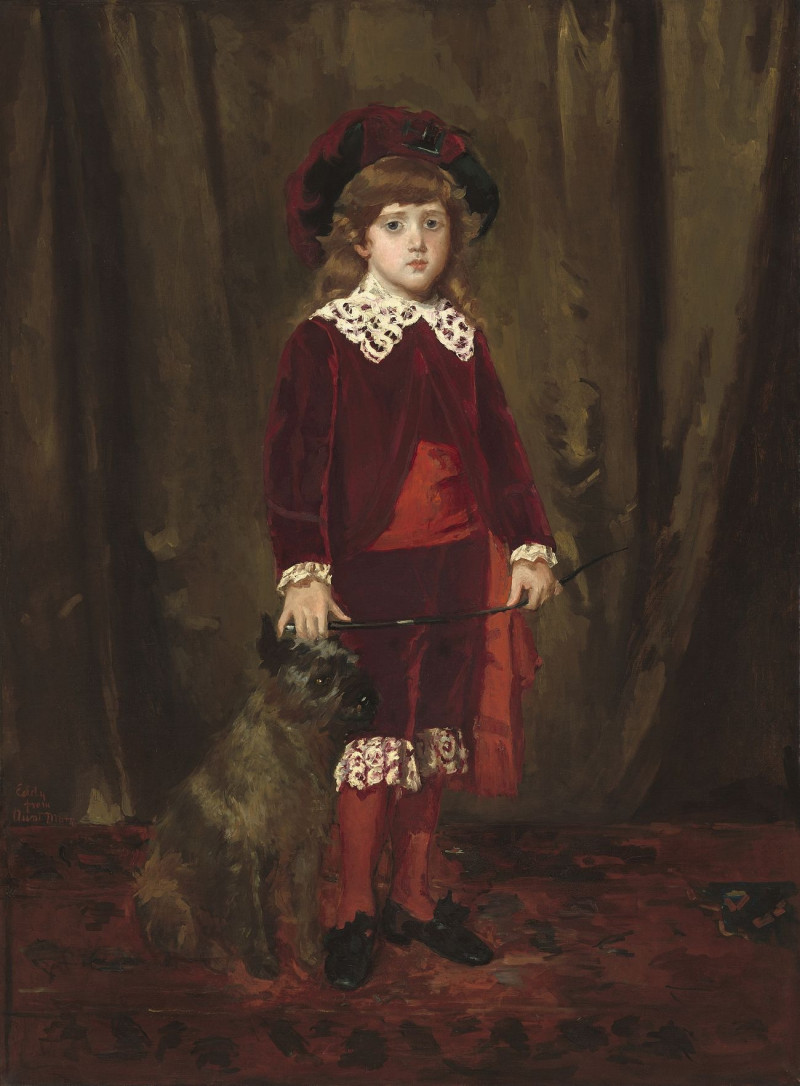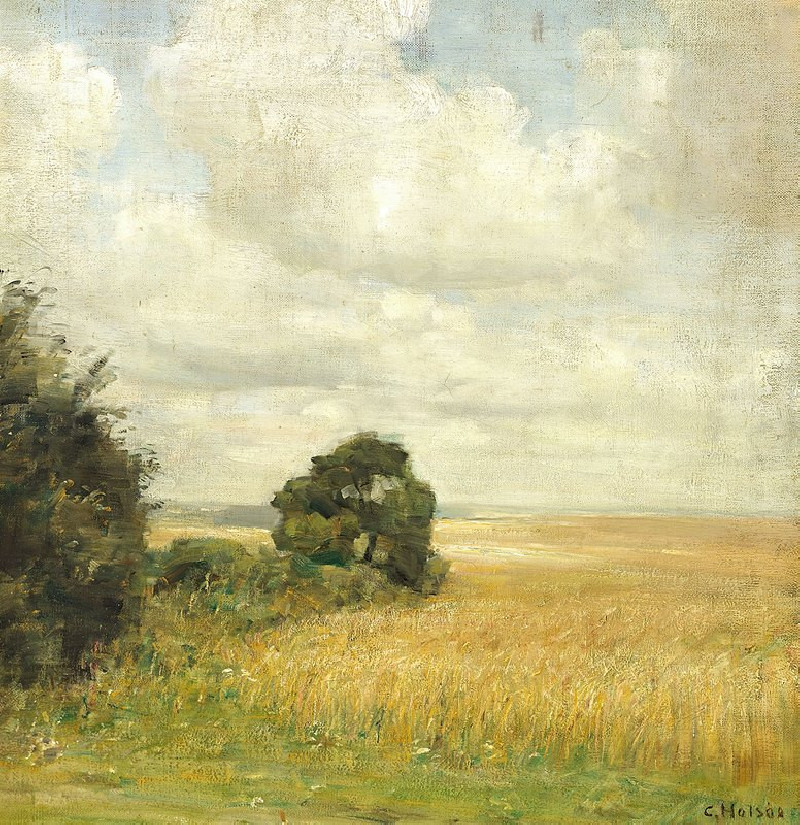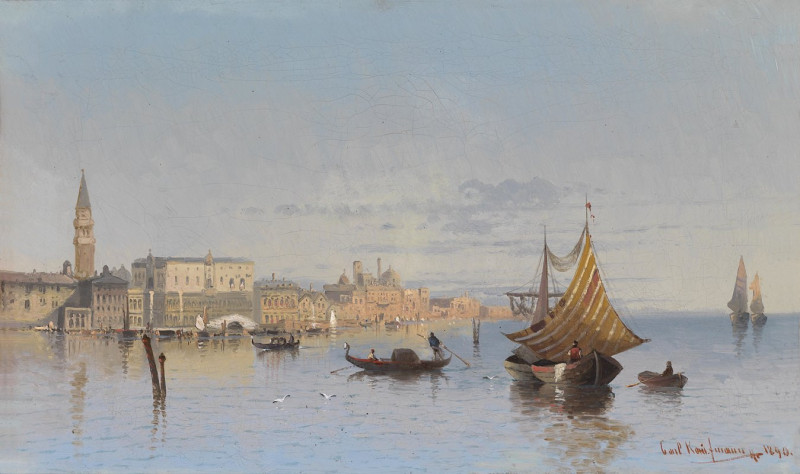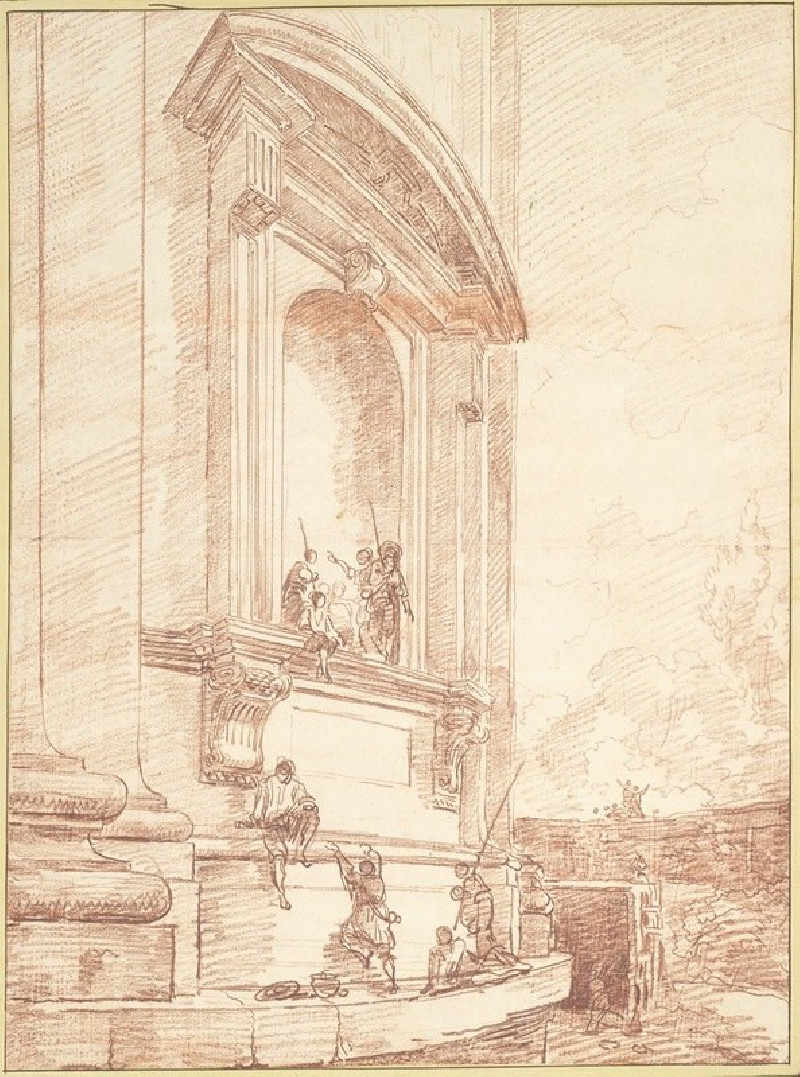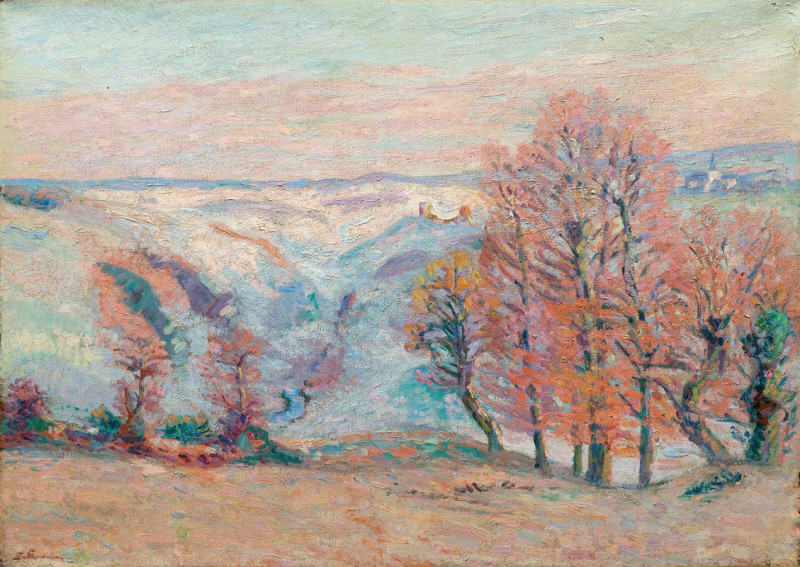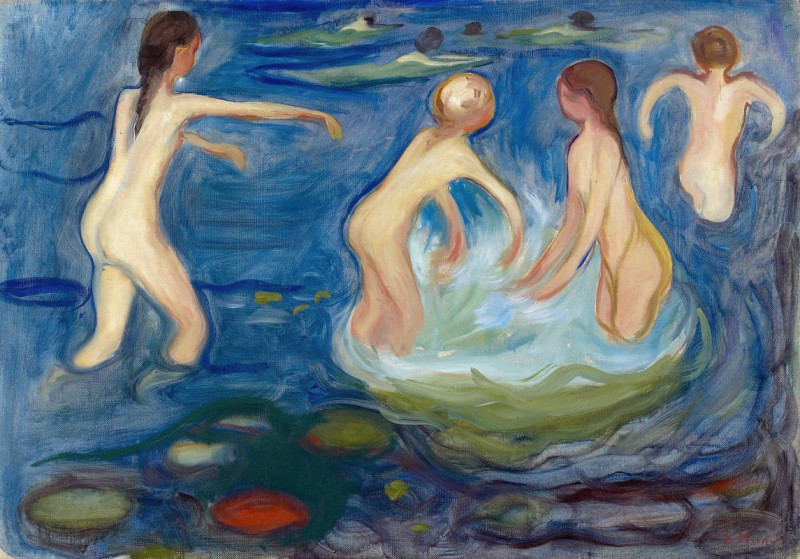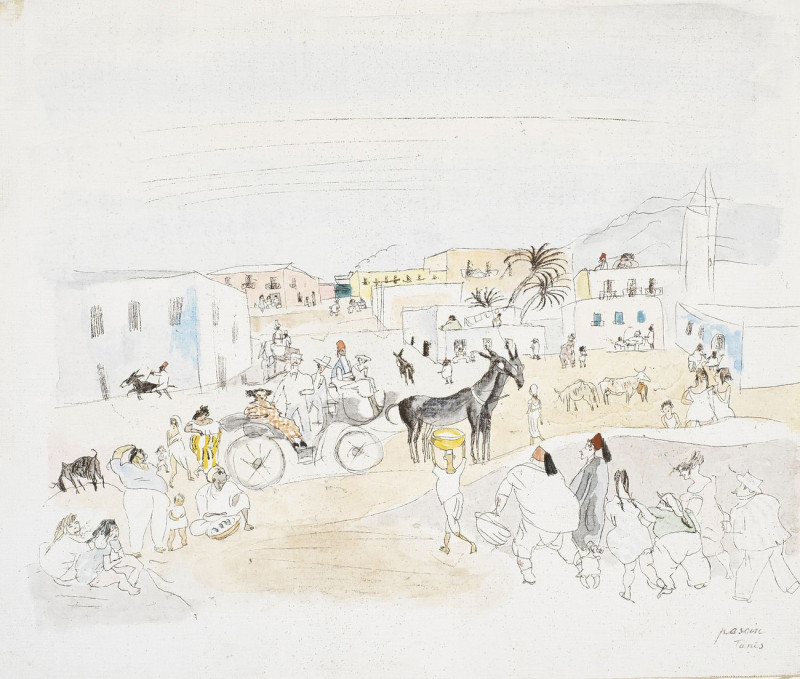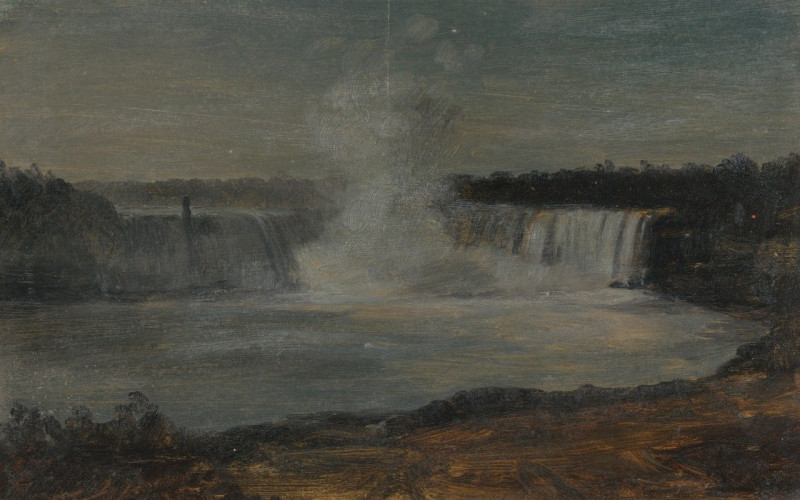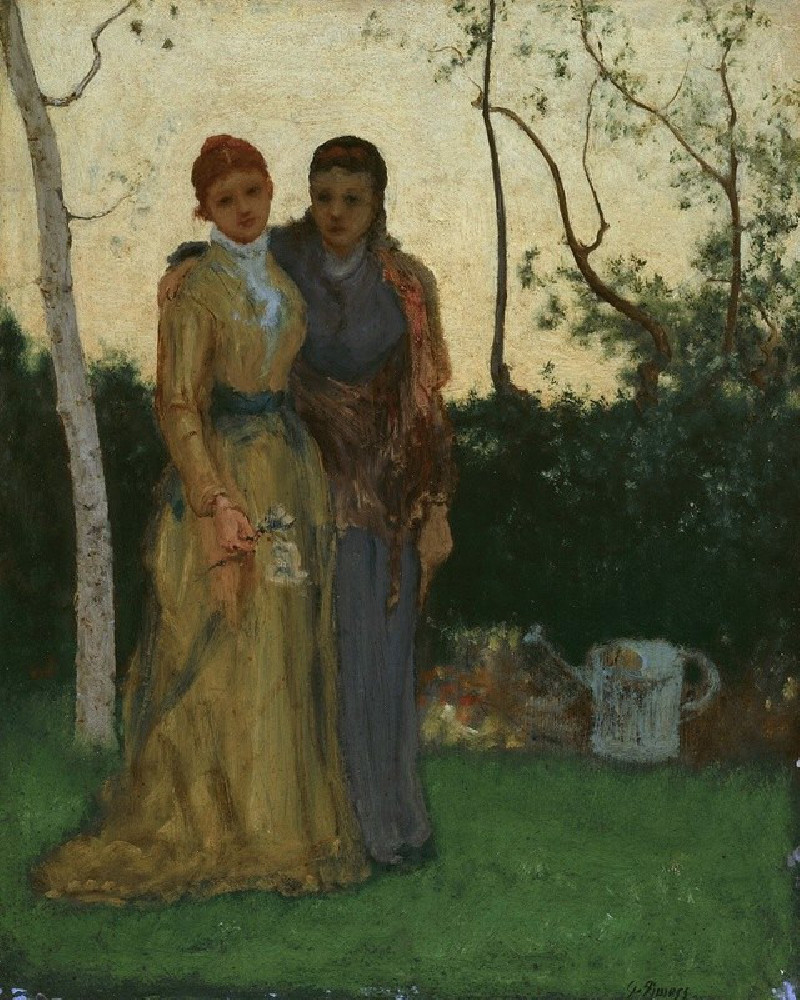The Immaculate Conception (1675–1680)
Technique: Giclée quality print
Recommended by our customers
More about this artwork
Explore the ethereal grace and delicate artistry in Bartolomé Estebán Murillo's sketch, "The Immaculate Conception," crafted between 1675 and 1680. This evocative sketch reveals Murillo's masterful ability to convey deep spiritual themes with a light and swift touch. The central figure, the Virgin Mary, is depicted ascending amidst swirling, undefined forms that suggest billowing clouds or celestial currents, emphasizing her sanctity and purity.Murillo's technique with ink on paper allows the viewer to see the spontaneity and fluidity in his hand movements, capturing a moment of divine revelation with modest yet profound strokes. The Virgin's expression is serene, her gaze lifted heavenwards, embodying a moment of divine communion and grace. The flowing lines of her robes add a dynamic sense of movement, suggesting her gentle ascent towards the heavens.This drawing not only highlights Murillo's skill as a draftsman but also serves as a insightful glimpse into the preparatory processes behind his larger, more detailed oil paintings. "The Immaculate Conception" stands as a testament to Murillo's enduring devotion to religious themes and his prowess in elevating them through art.
Delivery
Returns
Bartolomé Esteban Murillo (December 1617, January 1, 1618 – April 3, 1682) was a Spanish Baroque painter. Although he is best known for his religious works, Murillo also produced a considerable number of paintings of contemporary women and children. These lively realistic portraits of flower girls, street urchins, and beggars constitute an extensive and appealing record of the everyday life of his times. He also painted two self-portraits, one in the Frick Collection portraying him in his 30s, and one in London's National Gallery portraying him about 20 years later. In 2017–18, the two museums held an exhibition of them.


